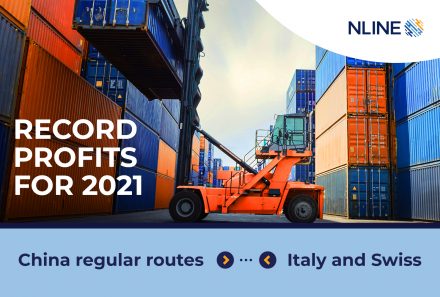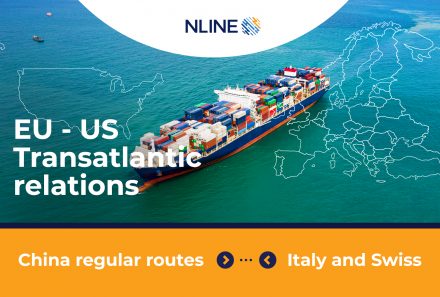
COVID 19 UPDATE
It is now universally recognised that the entire world has been severely impacted by the coronavirus and nearly all areas of trade are affected. Very little has escaped the effect of the virus and the range of goods and services includes not only manufactured items such as vehicles and fashion items, spare parts and components and food, but huge areas of human activity especially tourism and travel are in meltdown.
For the shipping industry, with the Chinese factories returning slowly to production, one of the biggest challenges is the shortage of empty containers plus the high cost of storage and rate increases. Although many vessels have been taken out of service, shipping is returning slowly to fully loaded ships with vessel utilisation levels being and around 75%. The industry optimistically estimates that March will continue to be weak but that April will be a stronger month.
One positive aspect for both customers and ocean carriers is the fall in fuel price which offsets the fears over the new IMO 2020 price. Fuel costs could even drop lower than traditional levels from previous years.
To combat this situation and future similar challenges, more alternative business models will be needed. With technology companies finding new opportunities in use of robots and other contactless services. Some businesses are already moving production away from China to other Southeast Asian locations. With the central banks lowering rates, some governments are becoming involved in emergency intervention but in many cases are legally restricted in what they can do. Overall the crisis is creating opportunities to review business models and trade policy which could if correctly handled and more resilient trading future.
Just as with the air cargo industry, new technology and its applications will be needed to streamline and make the shipping business more efficient. To start with the elimination of paper documentation, which would be a major step in this progress, seems a long way off. Whilst in the USA and Europe forwarders could easily adopt electronic bills of lading, to anticipate the same level of acceptance from other countries, seems unrealistic. However, initiatives to digitalise are moving ahead.






